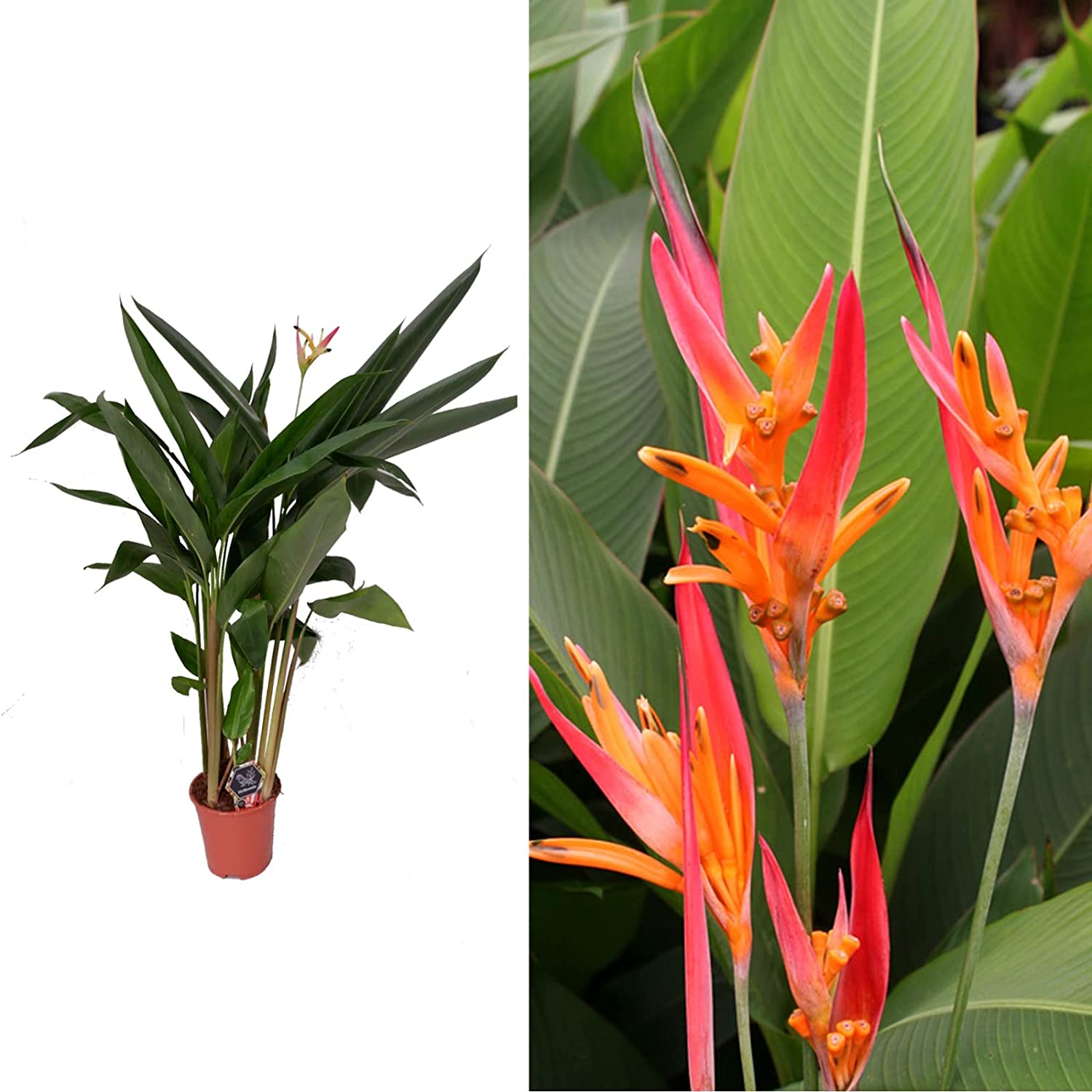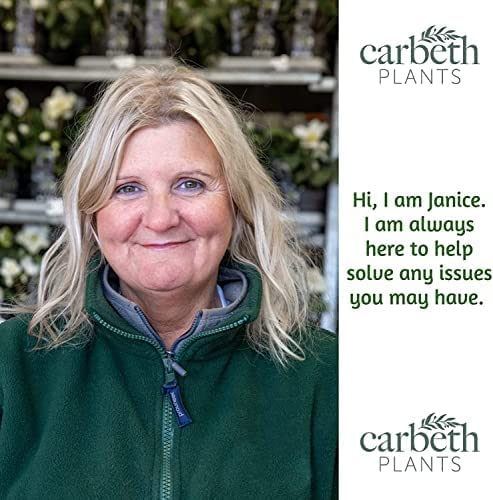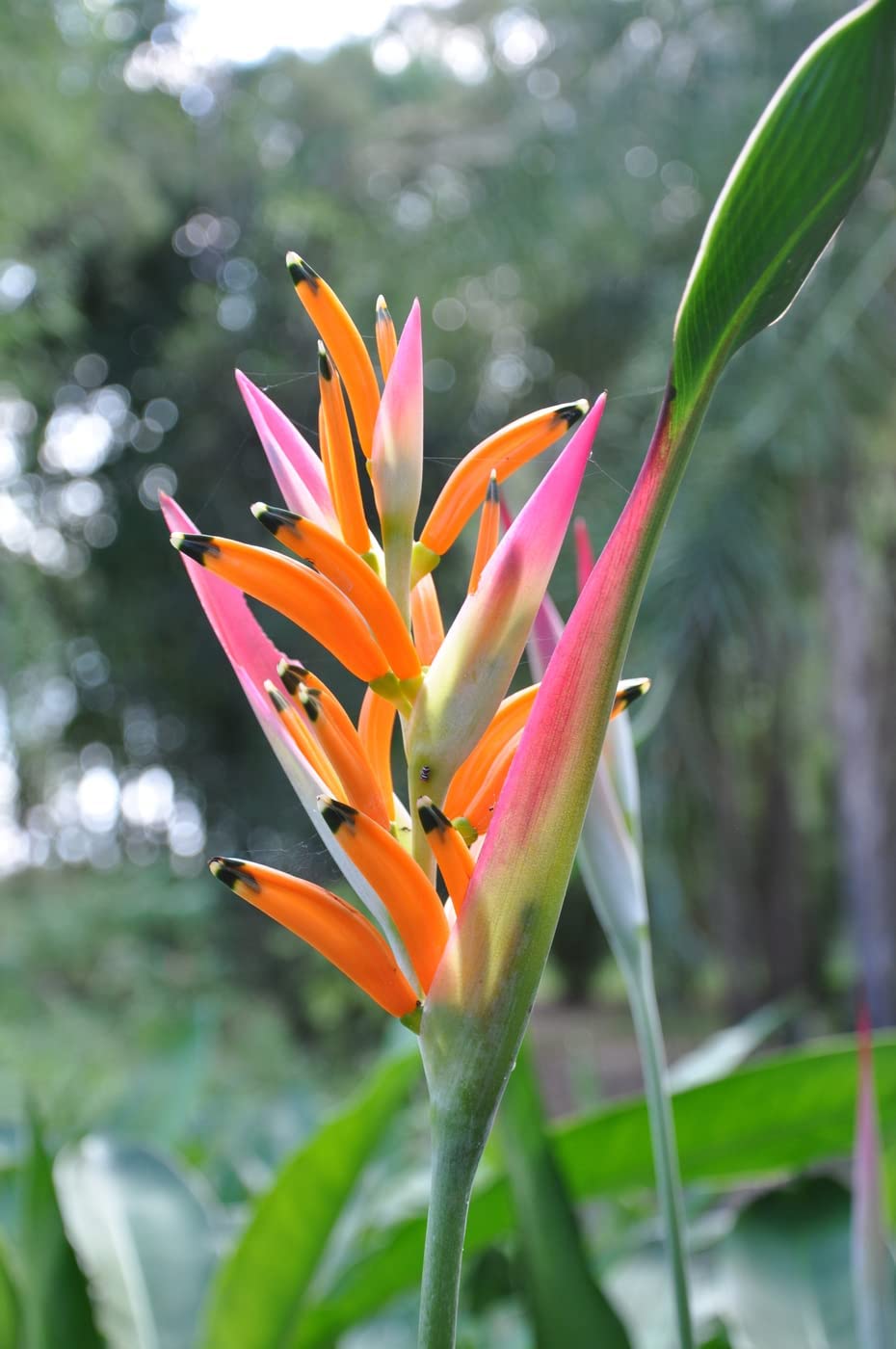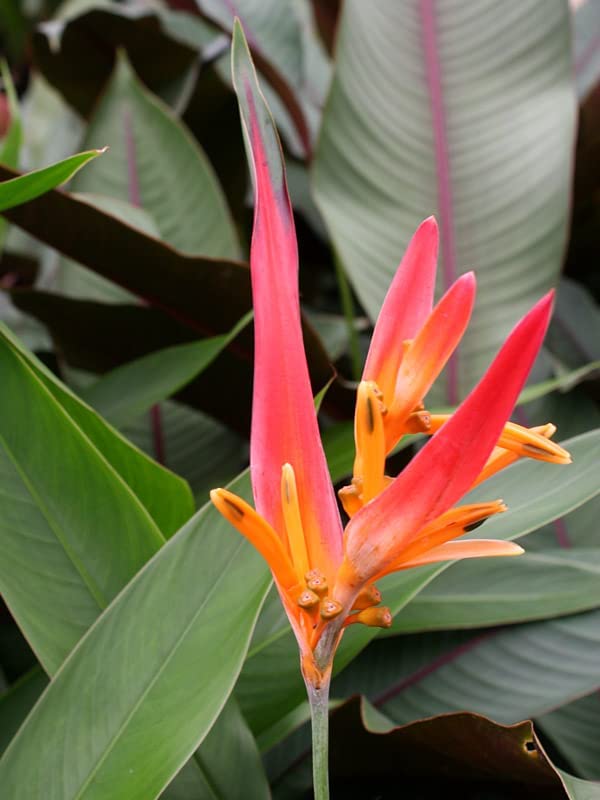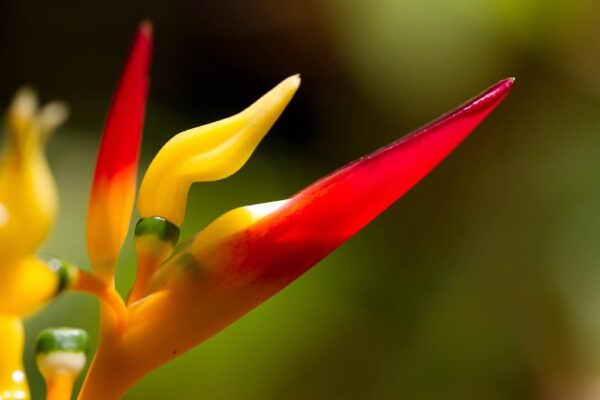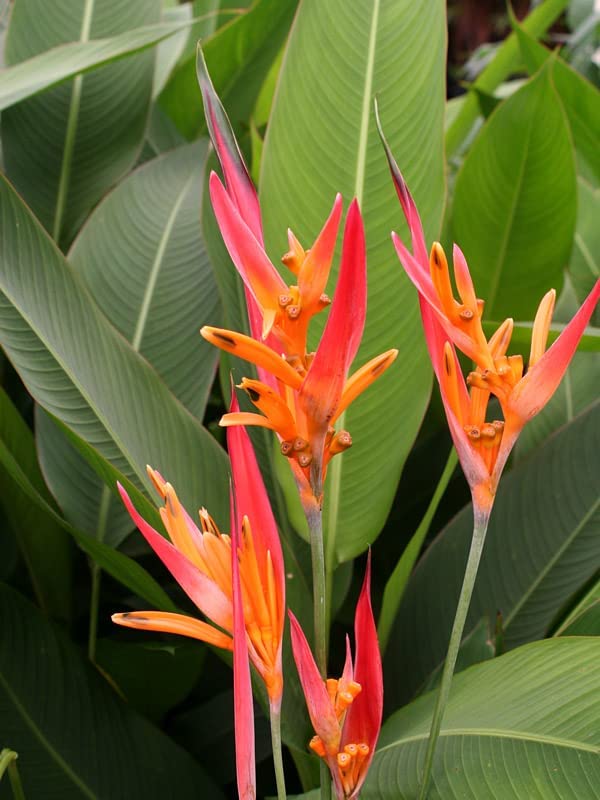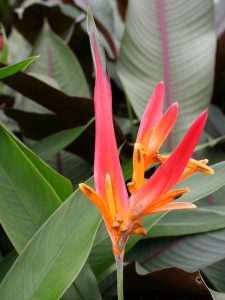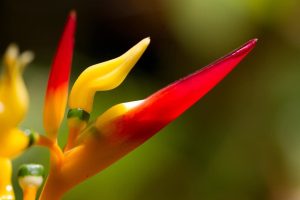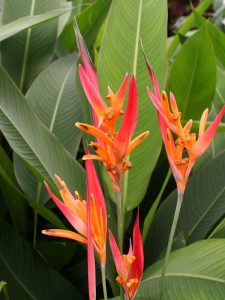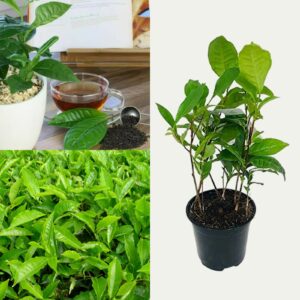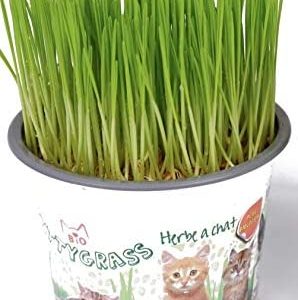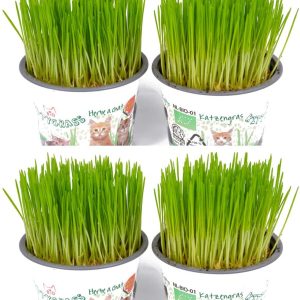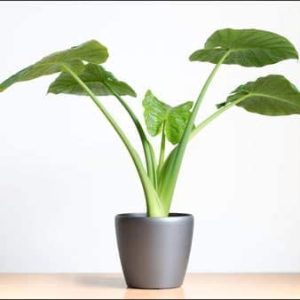Heliconia psittacorum ‘Hawaii’
0 reviews
Parakeet Heliconia, Parrot's Beak - Indoor Plant with Lovely Yellowy Red Flowers
- This Heliconia is best kept indoors in bright but not direct sunlight and watered regularly. This plant does not like to be over watered.
- It's best to cut off any dead stems to encourage more blooms; cut them off at soil level.
- This plant prefers the top thirds of the soil to be dry between watering. Reduce the amount of times it's watered in the winter months to prevent the roots rotting.
- It's recommended that this plant is fertilised every four to six weeks using a special houseplant feed.
Out of stock
Enter your email below and we'll contact you when It's back in stock.
-
Eventual Height
Can grow up to 1-1.5 metres in the right conditions.
-

Pot Size
14 cm
-
Season of Interest
All year round.
-
Light Required
When grown as houseplants, give the brightest indirect light you can. Heliconias need plenty of light and warmth to make flowers; a heated greenhouse or sunroom is the best option. Otherwise, choose a southern or western window and rotate it periodically so the entire plant gets the light.
-
Watering
All species of Heliconia require ample and continuous water to thrive but with good drainage. Proper watering is the most critical element of growing these plants successfully. Plants subjected to drought will experience leaf-browning, especially along the leaf margins. To protect your plant during the winter, use tepid water during watering. Ensure the soil dries out almost entirely between watering and then water immediately.
-
Best Growing Conditions
Feed with a weak liquid fertilizer every couple of weeks throughout the growing season. Cut fertilizer back to once a month or so in the winter. For flowering, you want a fertilizer with a higher phosphorus content. A bone meal supplement is suitable for adding phosphorus. It can also strengthen root systems. Remove spent flowers and stems as they fade. As new shoots appear at the soil level, you should remove the old flowering stems. A rich, peat-based potting soil with excellent drainage is beneficial for potted plants. These plants can quickly develop root rot in soil that is too wet. An even mixture of wood-based compost and peat moss makes an ideal potting soil.
